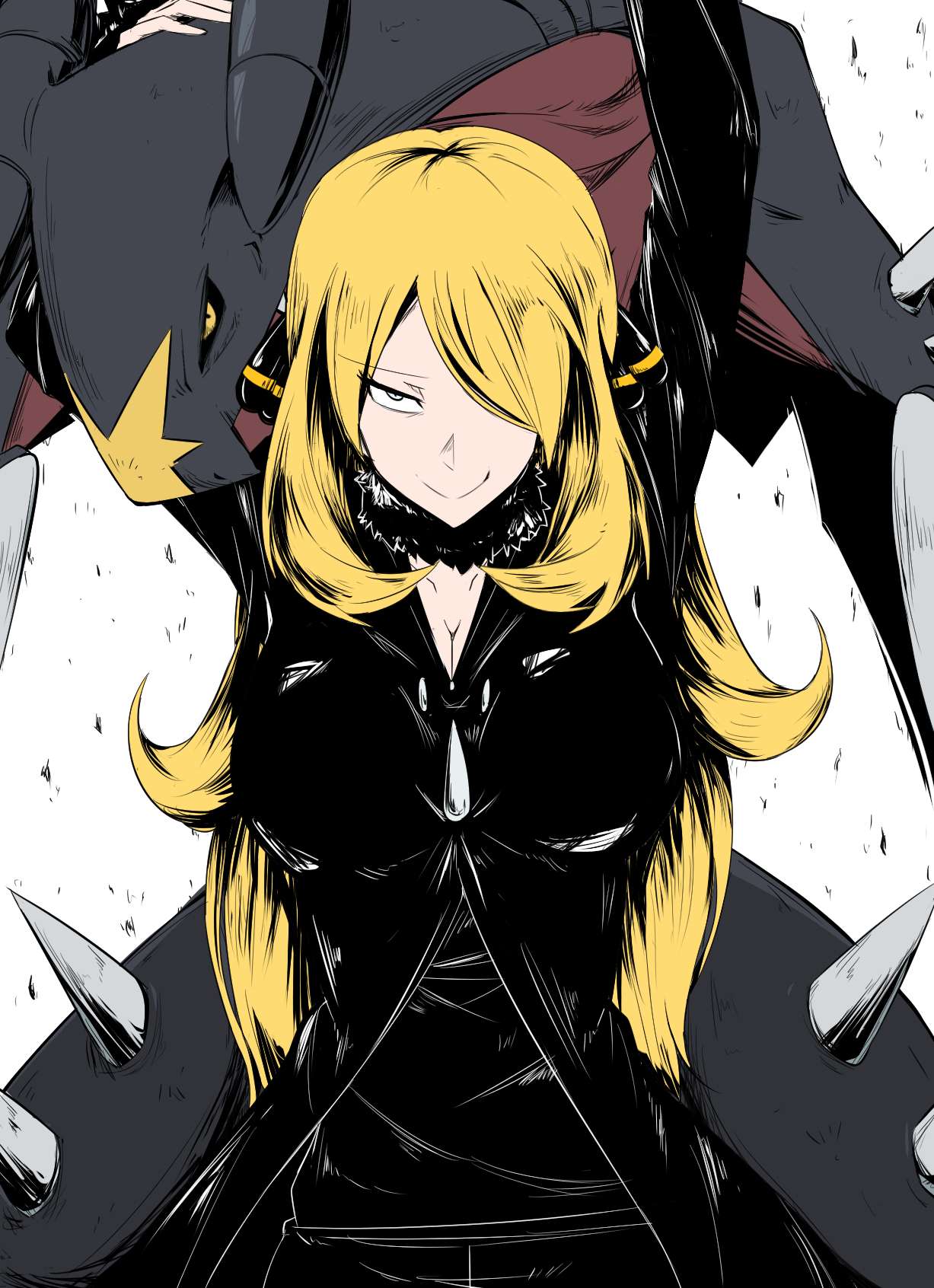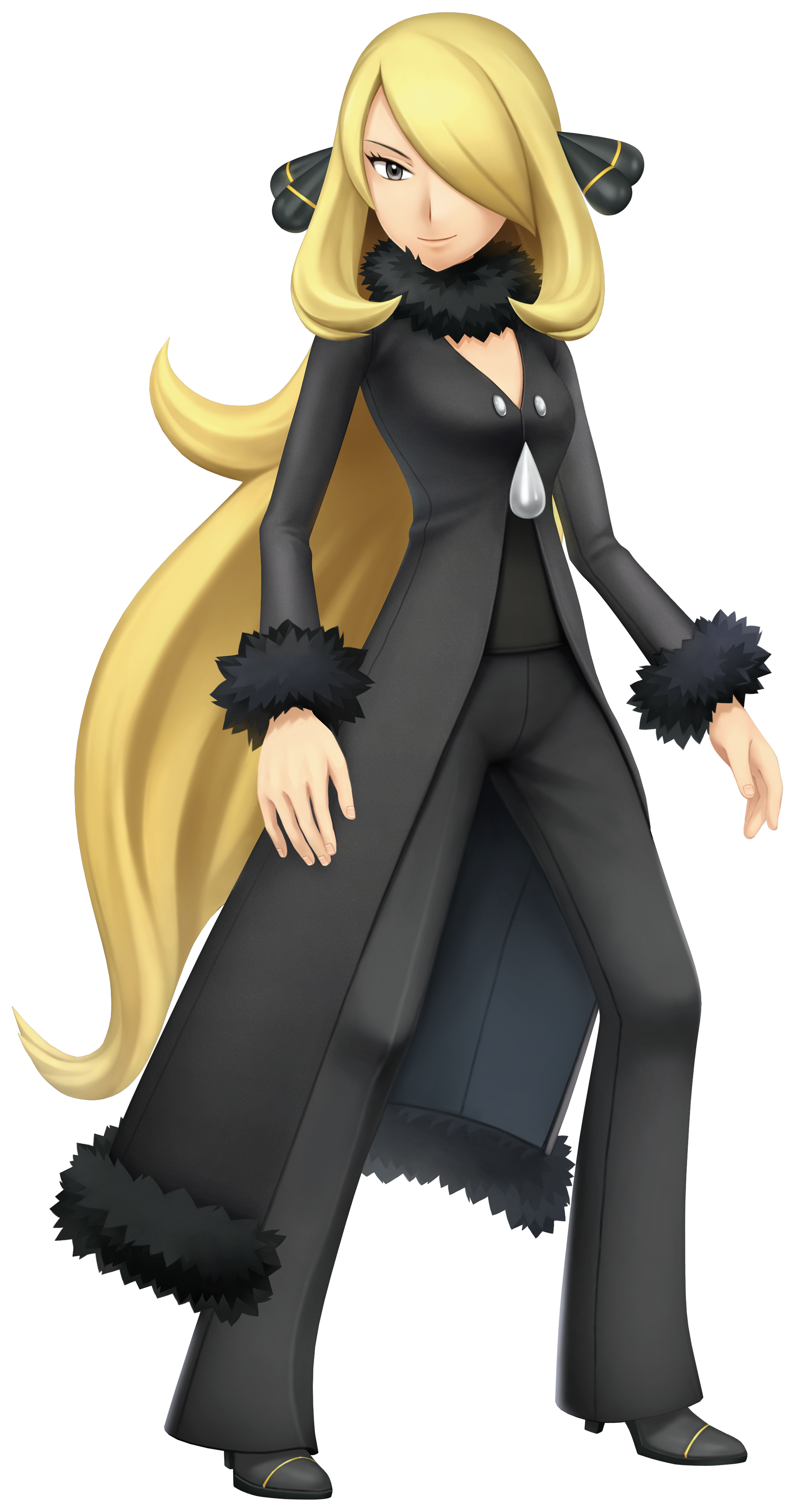It's almost, in a way, truly inspiring to witness public figures who share their personal journeys with the world. When someone like Cynthia Erivo, a celebrated artist, speaks openly about something as personal as alopecia affecting her eyebrows, it really connects with so many people. This kind of openness helps others feel less alone, and it sparks conversations that are very important, you know.
Her story, in some respects, sheds a bright light on a condition that many experience quietly. Alopecia, which can cause hair loss on the scalp, face, or body, is a challenge for those who live with it. For Cynthia, it has been a part of her public story, and her way of handling it offers a lot of courage to others, so it does.
This piece will explore the topic of Cynthia Erivo and her experience with alopecia, especially as it relates to her eyebrows. We will look at what this condition means, and how her journey offers a message of resilience and self-acceptance. It’s a powerful message, actually, for anyone facing similar challenges, or just looking for a little inspiration, as a matter of fact.
Table of Contents
- Cynthia Erivo: A Public Figure and Her Journey
- Understanding Alopecia and Its Impact
- Cynthia Erivo's Experience and Inspiration
- Supporting Those with Alopecia
- Frequently Asked Questions
Cynthia Erivo: A Public Figure and Her Journey
Cynthia Erivo is, as many know, a remarkable talent in the entertainment world. She has graced stages and screens with her incredible voice and acting abilities. Her work has earned her many awards, and she continues to be a very prominent figure. She is, quite simply, someone who captures attention and admiration.
Beyond her professional achievements, Cynthia has also become a voice for authenticity and self-acceptance. Her choice to be open about her experience with alopecia, particularly the hair loss that affects her eyebrows, has been a really significant part of her public presence. This decision, it’s fair to say, has made her a relatable figure for many, especially those who might be dealing with similar situations.
Her journey with alopecia is, apparently, one she has approached with a lot of strength and grace. It's not just about a physical condition; it's about how one carries oneself through it. She has shown that true beauty comes from within, and that confidence can shine through any challenge, basically. This perspective is something that, in a way, resonates deeply with people everywhere, you know.
Understanding Alopecia and Its Impact
Alopecia is a condition that, in some respects, affects many people globally. It can show up in different forms, and its effects can range from small patches of hair loss to complete loss of hair on the body. Understanding what it is and how it can affect a person’s life is, honestly, a good first step towards empathy and support.
What is Alopecia?
Alopecia is a general term for hair loss. There are, as a matter of fact, several types. Alopecia areata, for example, is an autoimmune condition where the body’s immune system mistakenly attacks hair follicles, causing hair to fall out. This can happen anywhere on the body, including the scalp, face, and yes, even the eyebrows. It’s a condition that, you know, can be quite unpredictable.
The exact cause of alopecia areata is not fully known, but it's believed to involve a combination of genetic and environmental factors. It's not contagious, and it doesn't mean a person is unhealthy in other ways. For some, the hair loss is temporary, while for others, it can be a long-term or recurring issue, and that's just how it is.
When it affects the eyebrows, the impact can be quite visible. Eyebrows frame the face and play a big role in how we express ourselves. Losing them can change a person's appearance significantly, and that can be a tough thing to deal with, you know. It's a rather personal experience for each individual.
The Emotional Side of Hair Loss
Losing hair, especially in visible areas like the eyebrows, can have a very deep emotional impact. For many, hair is tied to identity and self-image. When it starts to disappear, it can lead to feelings of sadness, frustration, or even a loss of confidence. People might, in fact, feel like they are losing a part of themselves.
There's often a sense of vulnerability that comes with this kind of change. People might worry about how others will perceive them, or they might feel self-conscious in social situations. It's a pretty common reaction, honestly, to a change that is so noticeable, you know. These feelings are very real and valid.
The journey of coming to terms with hair loss is, quite frankly, a personal one. It involves accepting a new reality and finding ways to cope with the changes. For some, this might mean seeking support groups; for others, it might be about finding new ways to express themselves. It’s a process that, you know, takes time and kindness towards oneself.
Cynthia Erivo's Experience and Inspiration
Cynthia Erivo has, apparently, been very open about her experience with alopecia. Her public appearances often feature her natural look, including her lack of eyebrows, which she chooses not to hide. This decision, it’s safe to say, has sent a powerful message to countless individuals around the world.
Her Public Stance
Cynthia has, in a way, turned her personal experience into a source of inspiration. By embracing her appearance as it is, she challenges traditional beauty standards. She shows that beauty comes in many forms, and that confidence is a matter of inner strength, not just outer perfection. This is, you know, a very important lesson for everyone.
Her approach is, basically, one of acceptance and self-love. She doesn't let alopecia define her or limit her. Instead, she uses her platform to advocate for self-acceptance and to encourage others to embrace their unique selves. It’s a rather bold and beautiful stance, actually, that resonates deeply.
She has spoken about how her look is simply her, and that it helps her feel free. This kind of freedom, you know, is something many people strive for. Her very public presence, showing her authentic self, helps normalize a condition that might otherwise cause people to feel isolated. It’s a very positive influence, to be honest.
Finding Beauty in Authenticity
Cynthia Erivo’s journey highlights the idea that true beauty shines from authenticity. When someone is comfortable in their own skin, it radiates outward. Her confidence, her talent, and her spirit are what truly make her shine, and these qualities are, in fact, quite captivating.
Her choice to not wear wigs or draw on eyebrows all the time is a statement. It says that she is enough just as she is. This kind of self-assurance is a powerful tool, and it encourages others to look beyond superficial appearances. It’s a message that, you know, goes far beyond just hair loss.
This approach also helps to foster a more inclusive view of beauty. It teaches us that there isn't one single standard of what is beautiful. Instead, it’s about embracing diversity and celebrating what makes each person unique. This is, in some respects, a very liberating idea for many people.
Supporting Those with Alopecia
Seeing public figures like Cynthia Erivo share their stories can create a ripple effect of support and understanding. For those who are experiencing alopecia, knowing they are not alone can make a world of difference. There are, actually, many ways to offer support and practical advice.
Practical Tips for Eyebrow Care
For individuals experiencing eyebrow hair loss, there are a few practical approaches that might help. While these won't cure alopecia, they can help manage its effects and improve a person's comfort and confidence. It's about finding what works best for you, basically.
One common method is using eyebrow makeup. Pencils, powders, and gels can help create the appearance of eyebrows. There are many products available that can match different hair colors and skin tones, so you can find something that looks natural, you know. Learning a few techniques can really make a difference.
Another option, for some, might be microblading or tattooing. These are semi-permanent or permanent solutions that involve depositing pigment into the skin to create the look of natural eyebrow hairs. It’s a more lasting choice, and it can save time each day, so it might be worth looking into for some.
Some people also explore natural remedies or specific treatments, though it’s always a good idea to talk to a doctor or a dermatologist first. They can offer advice tailored to your specific situation and help you understand what might be safe or effective. It's very important to seek professional guidance, honestly.
Beyond cosmetic solutions, focusing on overall well-being is also important. Eating a balanced diet, managing stress, and getting enough rest can all contribute to general health, which, in turn, supports the body’s functions. These are, you know, good habits for everyone, regardless of hair loss.
The Power of Community
Connecting with others who understand what you are going through can be incredibly powerful. Support groups, both online and in person, offer a safe space to share experiences, ask questions, and receive encouragement. These communities can provide a sense of belonging that is very comforting.
Learning from others' experiences, like Cynthia Erivo's, can also provide new perspectives and coping strategies. It shows that challenges can be faced with strength and that there is beauty in every journey. This kind of shared experience, you know, builds resilience.
Advocacy groups also work to raise awareness about alopecia and reduce the stigma associated with hair loss. By supporting these efforts, we can help create a more understanding and accepting world for everyone. It’s a really important part of making a positive change, basically. Learn more about alopecia on our site, and you can also find resources about hair loss support.
Frequently Asked Questions
Here are some common questions people ask about alopecia and related topics.
Does Cynthia Erivo have alopecia?
Yes, Cynthia Erivo has been very open about her experience with alopecia, which causes her to have little to no hair on her eyebrows and head. She has chosen to embrace her natural look, and this has become a part of her public identity, you know.
What are common signs of alopecia?
Common signs of alopecia include patches of hair loss on the scalp, eyebrows, or other body parts. Sometimes, the hair loss can be more widespread. It might start with small, round patches that grow larger over time, and that's just how it tends to be.
Can eyebrows grow back after alopecia?
For some people, hair, including eyebrows, can grow back after experiencing alopecia, but it's not guaranteed for everyone. The regrowth can be unpredictable, and sometimes the hair might fall out again. It's a very individual experience, you know, and varies from person to person.



Detail Author:
- Name : Domenick Jacobs
- Username : hskiles
- Email : qoconnell@mccullough.com
- Birthdate : 2006-08-27
- Address : 4533 Adolfo Divide Apt. 574 East Alexys, MA 06257-6355
- Phone : +17343086336
- Company : Wisoky LLC
- Job : Conveyor Operator
- Bio : Aut provident commodi porro eveniet non voluptas. Maxime sed modi fuga dolorem totam. Qui consequatur quis maxime nisi est iure ut.
Socials
linkedin:
- url : https://linkedin.com/in/hipolito1678
- username : hipolito1678
- bio : Asperiores reiciendis illum qui natus molestiae.
- followers : 1745
- following : 1278
tiktok:
- url : https://tiktok.com/@schmitth
- username : schmitth
- bio : Earum nulla repudiandae praesentium mollitia quaerat.
- followers : 4161
- following : 1825